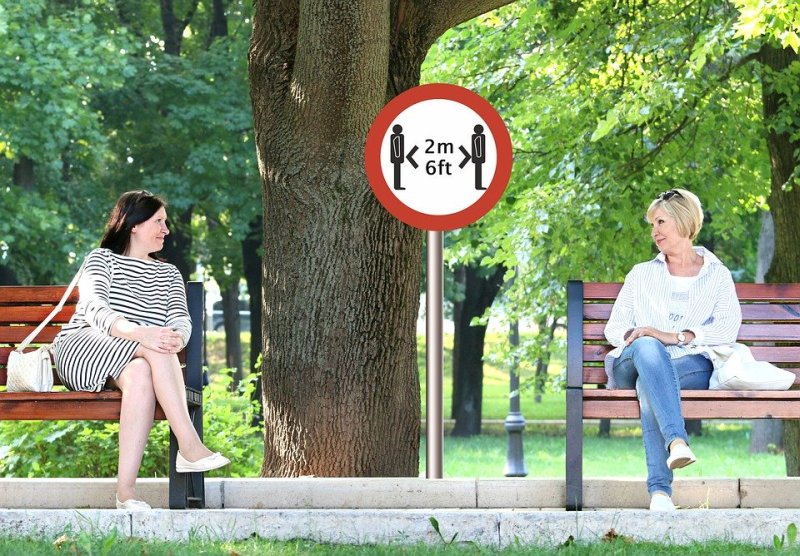Surveillance and intermittent social distancing may need to be maintained into 2022 to prevent a resurge of COVID-19. This conclusion was based on a model by researchers at the American Association for the Advancement of Science. The findings are published in the April 14, 2020 edition of the journal Science.
Millions Already Infected
As of April 17, 2020, over 2.2 million people around the world have been infected by COVID-19 and over 154,000 have died from the pandemic. According to the researchers, how many incidences of people being infected by COVID-19 up to the year 2025 depend on the duration of human immunity. However, little is currently known about human’s immunity to SARS-CoV-2, the virus the causes COVID-19.
One-Time Social Distancing
One-time social distancing may suppress critical cases to within hospital capacity, but once they are lifted, the number of cases will resurge, the researchers say. This resurge may overwhelm hospitals. The solution is to maintain intermittent social distancing into 2022.
Seasonal Circulation
SARS-CoV-2 will be unlikely to follow its closest cousin, SARS-CoV-1 that caused the SARS outbreak years ago. It will resemble pandemic influenza that circulates seasonably, the researchers say. Using data on seasonality from known human coronaviruses and assuming some cross-immunity between SARS-CoV-2 and other coronaviruses, the researchers built a model of multi-year interactions.
Resurge Can Overwhelm Hospitals
The model projects for the next five years. The key is the rate at which virus immunity wanes — which is yet to be determined. The model also projects if social distancing is lifted, there will be a resurge of COVID-19 infections, overlapping with flu season and exceeding capacity of hospitals. Another projection shows a resurge of SARS-CoV-2 could still occur as far into the future as 2025.
Surveillance and Intermittent Distancing
Without any vaccines or other methods to slow the virus, surveillance and intermittent distancing may need to be maintained into 2022. This approach will keep hospitals from getting overwhelmed and allow time for people to build up immunity.
The authors declare that they are only making projections based on current data and assumptions, and not advocating for certain policies.
“Our goal in modeling such policies is not to endorse them but to identify likely trajectories of the epidemic under alternative approaches,” they said.
